Family
Family is a fundamental social unit that typically consists of parents and their children. It is a source of love, support, and guidance for individuals, playing a crucial role in their upbringing and overall well-being.
Types of Families
There are various types of families, including:
- Nuclear Family: Consisting of two parents and their biological or adopted children.
- Extended Family: Includes additional relatives such as grandparents, aunts, uncles, and cousins.
- Single-Parent Family: Headed by one parent, either due to divorce, separation, or the death of a spouse.
- Blended Family: Formed when parents with children from previous relationships marry or cohabit.
- Same-Sex Family: Comprising of same-sex parents and their children.
Roles and Responsibilities
Family members often have specific roles and responsibilities, which may include:
- Parenting: Nurturing, educating, and providing for children.
- Household Management: Sharing tasks related to chores, finances, and decision-making.
- Emotional Support: Offering comfort, understanding, and encouragement to one another.
- Conflict Resolution: Resolving disagreements and maintaining harmony within the family unit.
Importance of Family
The family plays a critical role in an individual's life for several reasons:
- Emotional Support: Family members offer comfort and encouragement during challenging times.
- Identity Formation: Family influences an individual's values, beliefs, and cultural identity.
- Socialization: It provides a context for learning social norms, behaviors, and interpersonal skills.
- Security: A stable family environment offers a sense of security and stability.
Study Guide
To study the topic of family effectively, consider the following key points:
- Understand the different types of families and their defining characteristics.
- Examine the roles and responsibilities of family members within various family structures.
- Analyze the importance of family in terms of emotional support, identity formation, socialization, and security.
- Compare and contrast different family types to identify similarities and differences in their functions and dynamics.
- Reflect on personal experiences and observations related to family dynamics and relationships.
[Family] Related Worksheets and Study Guides:
.◂Science Worksheets and Study Guides Eighth Grade. The Endocrine system and Reproduction
Study Guide The endocrine system and Reproduction
The endocrine system and Reproduction  Worksheet/Answer key
Worksheet/Answer key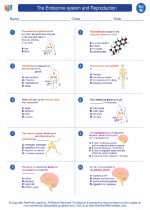 The endocrine system and Reproduction
The endocrine system and Reproduction  Worksheet/Answer key
Worksheet/Answer key The endocrine system and Reproduction
The endocrine system and Reproduction  Worksheet/Answer key
Worksheet/Answer key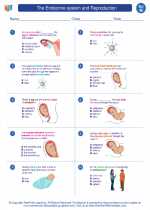 The endocrine system and Reproduction
The endocrine system and Reproduction  Vocabulary/Answer key
Vocabulary/Answer key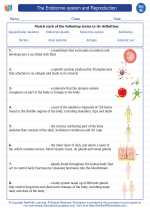 The endocrine system and Reproduction
The endocrine system and Reproduction  Vocabulary/Answer key
Vocabulary/Answer key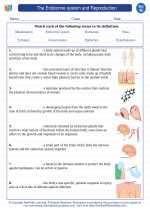 The endocrine system and Reproduction
The endocrine system and Reproduction  Vocabulary/Answer key
Vocabulary/Answer key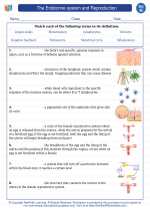 The endocrine system and Reproduction
The endocrine system and Reproduction  Vocabulary/Answer key
Vocabulary/Answer key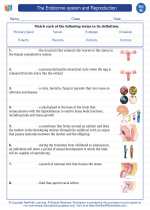 The endocrine system and Reproduction
The endocrine system and Reproduction  Vocabulary/Answer key
Vocabulary/Answer key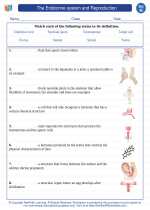 The endocrine system and Reproduction
The endocrine system and Reproduction 

 Worksheet/Answer key
Worksheet/Answer key
 Worksheet/Answer key
Worksheet/Answer key
 Worksheet/Answer key
Worksheet/Answer key
 Vocabulary/Answer key
Vocabulary/Answer key
 Vocabulary/Answer key
Vocabulary/Answer key
 Vocabulary/Answer key
Vocabulary/Answer key
 Vocabulary/Answer key
Vocabulary/Answer key
 Vocabulary/Answer key
Vocabulary/Answer key
